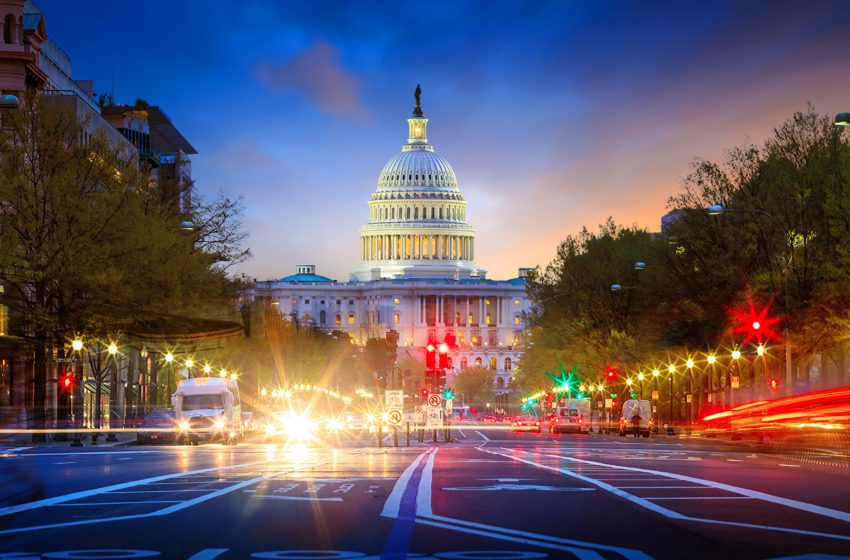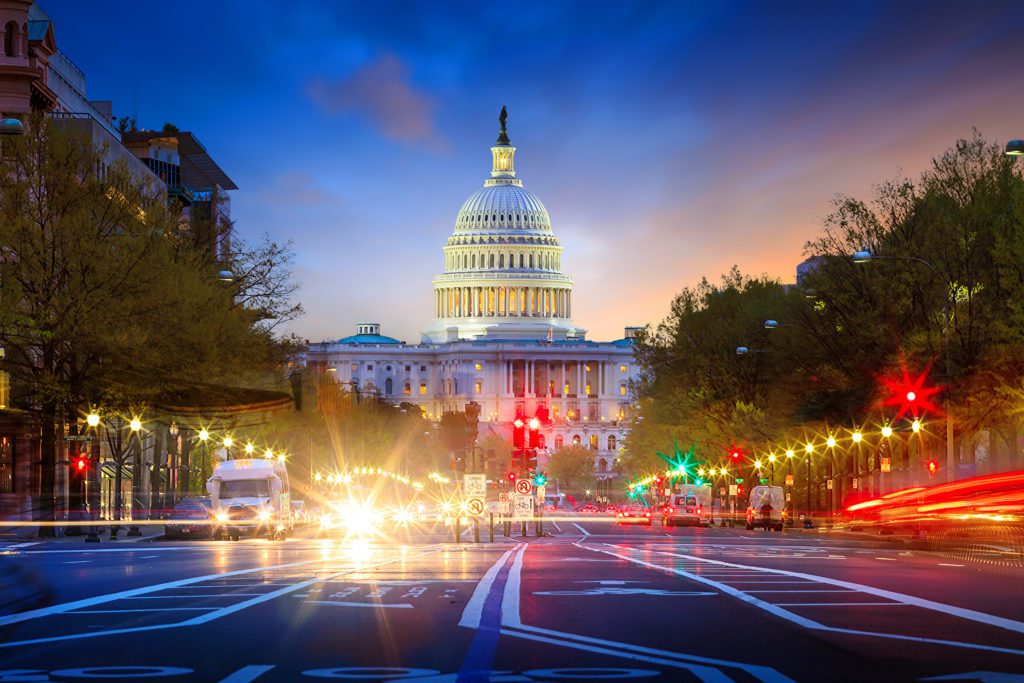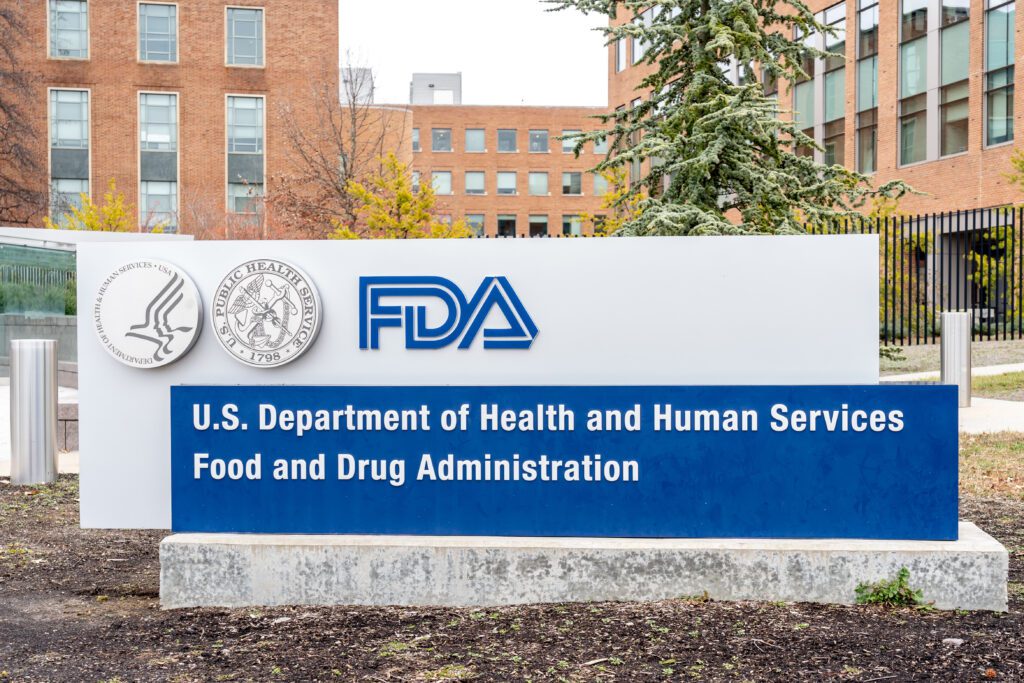Abboud Shares Insight Into VTA’s Goals for 2023
- Industry insights News This Week
- April 30, 2023
- 14 minutes read

Credit: f11photo

The Vapor Technology Association continues its mission to promote sensible regulation.
By Timothy S. Donahue
In many countries, such as the U.K., vaping is synonymous with harm reduction. These governments recognize the harm reduction benefits of vaping versus smoking combustible cigarettes. They actively engage their citizens in “swap to stop” efforts backed by sound policy and known science.
In the U.S., however, the Food and Drug Administration is actively pursuing policies that protect, if not elevate, combustible tobacco products’ status in the marketplace and limit consumer access to alternatives that are safer than cigarettes, according to Tony Abboud, the executive director of the Vapor Technology Association (VTA). Abboud and the VTA have been instrumental in advocating for rational science-based regulations for vaping products that will enable a diverse and robust industry to thrive in the U.S.
Vapor Voice sat down with Abboud to discuss the current state of vaping and the future of the VTA. He said that one needs only look at the fact that the FDA is authorizing combustible tobacco products over less harmful vaping products at a rate of 45:1. This is a huge problem for an evolving and innovative industry but with graver public health consequences.
Vapor Voice: What is the current state of the vaping industry in the U.S. in your opinion?

Abboud: Today, the U.S. industry remains in unnecessary regulatory chaos due to the FDA’s lack of vision in executing its statutory obligations, loss of focus on its harm reduction mission and reactionary decisions made to ameliorate political pressure of special interest groups untethered from science.
[The] FDA’s obstinate inability or refusal to speak truthfully about the importance of less harmful nicotine alternatives, such as vaping and modern oral nicotine products, is imperiling its clearly articulated mission to end smoking. Specifically, [the] FDA’s actions to date have only driven up the public’s irrational fear of nicotine vaping, a fear that can only cement consumers’ bond with cigarettes.
[The] FDA’s unscientific and dramatic policy shifts (cloaked as case-by-case decision-making) have plunged the agency and the industry into costly and unnecessary litigation that will take years to resolve, and, thus, it will be years before a rational regulated marketplace will exist. The net result is that, rather than creating a clear and achievable pathway for innovative companies to introduce new technologies that are 2 [times] to 3 times more effective at helping people quit smoking than the few products, FDA’s actions will continue to drive a wedge between people who smoke cigarettes that kill and the myriad options that will give them dramatic relief.
It is essential that companies in the industry galvanize behind thoughtful efforts to reset the narrative, demand accountability and make common sense changes. It is equally essential that [the] FDA resets its narrative, unapologetically follows the science and uses its power not to rob Americans looking for alternatives to cigarettes but empower them with myriad attractive options that will entice them to switch.
Now that the Covid shutdown and Zoom calls have ended, what has changed for the VTA?
Organizationally, one of the biggest impacts of Covid was the recognition that we had to focus our efforts on the biggest challenges that needed to be addressed rather than taking on every fight. That refocusing has enabled us to architect a thoughtful and impactful strategy to engage with policymakers and decision-makers on the issues most critical to our industry and to public health.
From a practical perspective, the biggest change in the reopening of this country has been the reopening of congressional offices, which only fully occurred this year. That change has made it possible for our team to sit down across the table this year and have meaningful and essential conversations with congressional offices and to bring voices into the fold that have not been heard before. We are on pace this year to far outstrip our prior levels of congressional engagement with a clear and persuasive policy message not only based on science but also supported by leading tobacco control scientists.
What are the VTA’s goals for 2023?
There are 34 million Americans who still smoke. Every two years, a million of them will die from smoking-related diseases. This is an unconscionable and ongoing public health crisis. We can save tens of thousands of lives by not hiding the fact that vaping is far less risky than smoking.
In this year, our priorities are a set of common sense new marketing standards and smart science-based access restrictions for flavored vape products to ensure such flavored products remain available for adult smokers while less accessible to youth. At the same time, we will continue our constructive engagement with [the] FDA to provide insight on the key policy issues and specific regulatory strategies that are necessary to achieve a rationally regulated marketplace.
What will it take to accomplish these goals?
Despite the FDA’s parroting of its mantra that it “follows the science,” the examples of where it has failed to do so have become too numerous to ignore. And despite the FDA’s proclaimed concerns about misinformation, the examples of which it has engaged in are simply too extreme to believe that the agency can easily correct the course it has embarked upon to denigrate, dismiss and deny alternative nicotine products. Hence, public pressure, congressional oversight and accountability in the courts all are necessary to ensure that FDA adheres to the science, follows the law and corrects the record.
In addition, notwithstanding the dramatic decline in youth vaping (now at pre-“epidemic” levels) that has taken place even with the broad availability of flavored products, the industry must continue to demonstrate its commitment to reducing youth access and appeal by supporting long overdue and common sense marketing restrictions that will further reduce underage use. Additionally, just like with 21-plus legislation, for which the industry advocated, new 21-plus policies can further limit youth access to flavored vaping products.
Given the chaos in the marketplace created by [the] FDA’s past and present actions, and its apparent policy to bar every nontobacco-flavored vape product from the marketplace, congressional action can help calm the chaos by adopting leading tobacco control scientists’ recommendations that flavored vape products be sold in adult-only stores, making them less accessible to youth while preserving the availability of adults. All of our goals and strategies are based on both data and science as we continue to amplify the voice and role of science in the decision-making process.
Is there any hope for open systems and/or flavors?
Yes. Facts are stubborn things. There is no scientific or real-world evidence that youth are attracted to or use open systems in any material numbers. At the same time, data from the National Youth Tobacco Survey year after year proves that flavors are now one of the least cited reasons that youth may experiment with vaping.
And each day, more and more peer-reviewed science is published proving the important role that flavored vaping plays in the decision to switch away from deadly combustible cigarettes, particularly when compared to the FDA’s favorite ineffective solutions. There is also hope in the fact that the industry will continue to innovate.
There will be new technologies that capture the market in the future, and we should be open to that—and so should [the] FDA. Flavors are proven to be the preference for adults who are looking to quit, and adults are more likely to succeed when flavors are available to them. Consumers’ demand for flavored nicotine products should be no more paternalistically rejected than consumers’ demand for cannabis products.
Are nontobacco nicotine products going to gain broad acceptance, especially with regulators?
Well, that is entirely up to the FDA now that Congress was convinced by certain industry players that nontobacco nicotine was somehow a problem. True, it was a problem, but primarily for certain businesses which were dependent on tobacco-derived nicotine. But the reality is that nontobacco nicotine is the cleanest and purest form of nicotine available on the market, which is perfectly replicable and traceable to the batch level.
Nontobacco nicotine is precisely the type of innovation in a constantly changing landscape that should be encouraged as the industry advances toward a combustible-free future. Regulators have a huge opportunity to use their authority to regulate nontobacco (synthetic) nicotine products and to encourage their entry into the marketplace. But, given [the] FDA’s current trend toward eliminating virtually all nicotine alternatives from the market, one can only question whether [the] FDA could seize the opportunity to provide consumers access to products that would allow them to break free from the last vestige of tobacco.
Do you see congressional action as the only cure to the current FDA regulatory process?
Congressional action can help, but the challenges are significant. There are three ways that Congress can assist. The first is through its oversight committees, which have jurisdiction to question the FDA’s prior actions that have been inconsistent with the law and inconsistent with, according to CTP’s [Center for Tobacco Products] scientists, the science on vaping.
The second is through its appropriations committees, which must question exactly how FDA is using the hundreds of millions of dollars it receives, why it uses the majority of its resources to remove e-cigarettes from the market while ushering hundreds of new cigarettes to the market and what could possibly justify its request for another $100 million in fees that ultimately will be borne by the vaping consumer (giving them yet another disincentive to switch).
The third is through committees of jurisdiction that can end the absurd discussion of “ban, ban, ban” when it comes to flavors and instead focus on real solutions to real marketing issues of which vaping opponents have complained for years but have never truly sought to address.
Congressional action is not the only cure because [the] FDA currently has placed its thumb on the scale by creating a standard for companies seeking to comply and secure marketing approval without giving them the knowledge or opportunity to do so. For that reason, [the] FDA appears content with letting the courts sort out the mess that it has created.
After all, CTP appears to take delight in declaring that every vaping product on the market is “illegal” and “cannot be lawfully marketed” except for the small handful of tobacco-flavored products [the] FDA has authorized. So, while regulators often complain about industry lawyers, it should come as no surprise that the actions of prior agency leadership, which in a very short period of time demanded a complete reversal of CTP’s priorities, plans and policies as they related to flavored vaping products, would lead to legal challenges.
In the end, any branch of our federal government can have a major impact in fixing the mess created by a disregard for science and the law. The question now is which one(s) will do so.

